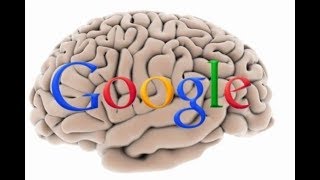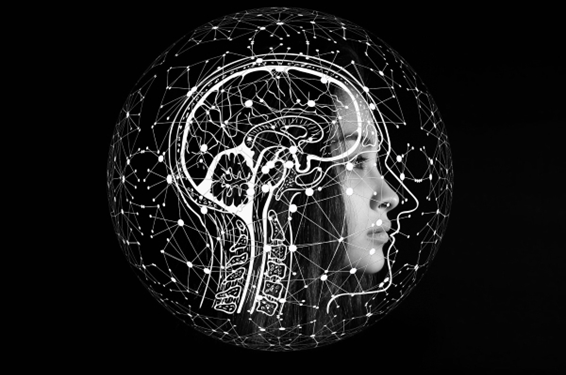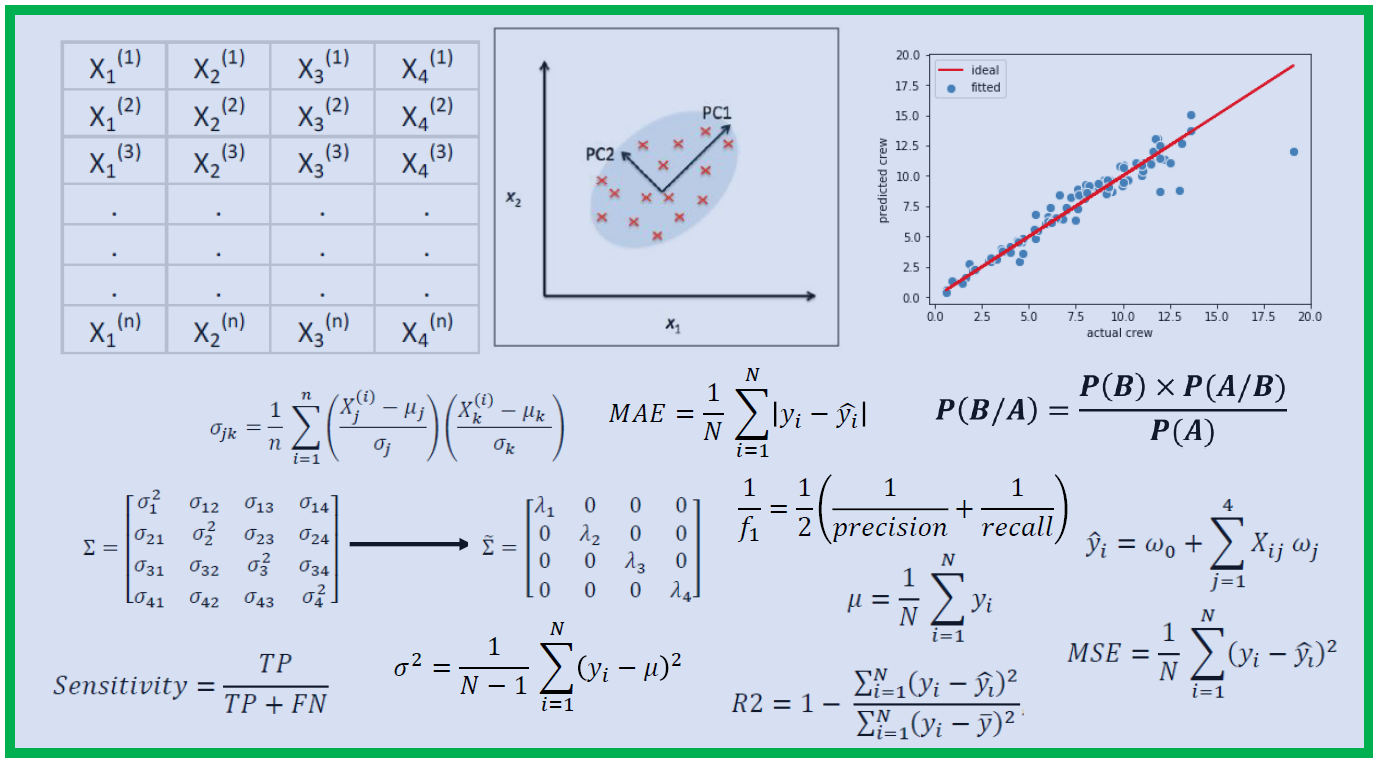
NLP is a set of techniques that predict parts of speech based on tokens. It predicts the basic form for a word before feeding it into models. This is called lemmatization and helps to avoid confusion that can arise from multiple forms of the same word. It also removes "stop-words", or stop words, from tokens.
Analytical syntactic analysis
Syntactic analysis is a technique that aims to determine the relationship between words and phrases within a document. The process involves breaking down text into tokens and applying an algorithm that identifies parts of speech. The words are then separated and tagged as nouns/verbs/adverbs or prepositions. The assignment of the appropriate tags to each word is the first stage in syntactic analytics.
NLP requires syntactic analysis. A NLP algorithm needs to be able comprehend the language it is processing in order to maximize its potential. It must have a complete knowledge of the world. This includes context reference and morphological organization. Once it has this knowledge, it can move on to advanced analysis and the overall context for the text.

Natural Language Generation
Natural Language Generation (NLG) is a technology that recognizes metadata from a company's customer database and personalizes marketing materials. This technology helps organizations improve customer loyalty and boost online sales. However, it's not always easy to keep the content relevant to the company's target audience. This article will cover some of the important things to consider before implementing this technology into your company.
The first stage of NLG is document planning, which involves the outline and structuring of information. Next, microplanning (also known as sentence planning) is needed to tag expressions, words, and other nuances. Realization, the next step, uses the specifications and produces natural language texts. NLG software makes it possible to create text using knowledge of syntax and morphology.
As natural language generation improves, digital marketing has tremendous potential. It can automate tasks such a keyword identification and search engine optimization. It can also assist in writing product descriptions or analyzing marketing data.
Text preprocessing
Natural language processing (NLP) is incomplete without text preprocessing. It involves the process of cleaning and preparing text data for model building. You can get text data from many sources. NLP tasks like machine translation, sentiment analysis or information retrieval will require text preprocessing. The steps involved are often domain-specific.

Lowercasing ALL text is a common type of text processing. This method can be used to solve many text mining and NLP related problems. This is particularly useful for smaller datasets as it ensures consistency in the output. NLP and text-mining projects can be made more productive by using text preprocessing.
Next is text tokenization. Tokenization is the process of breaking down a paragraph in smaller units such as sentences, words, or subwords. These smaller units are known as tokens, and the algorithm uses these tokens to extract meaning from the text. Tokenization is performed by using NLTK, a library written in Python for natural language processing.
FAQ
Which countries are leaders in the AI market today, and why?
China has more than $2B in annual revenue for Artificial Intelligence in 2018, and is leading the market. China's AI industry is led by Baidu, Alibaba Group Holding Ltd., Tencent Holdings Ltd., Huawei Technologies Co. Ltd., and Xiaomi Technology Inc.
China's government is heavily involved in the development and deployment of AI. The Chinese government has created several research centers devoted to improving AI capabilities. The National Laboratory of Pattern Recognition is one of these centers. Another center is the State Key Lab of Virtual Reality Technology and Systems and the State Key Laboratory of Software Development Environment.
China also hosts some of the most important companies worldwide, including Tencent, Baidu and Tencent. These companies are all actively developing their own AI solutions.
India is another country making progress in the field of AI and related technologies. India's government focuses its efforts right now on building an AI ecosystem.
How does AI impact the workplace
It will change the way we work. We will be able automate repetitive jobs, allowing employees to focus on higher-value tasks.
It will improve customer services and enable businesses to deliver better products.
It will help us predict future trends and potential opportunities.
It will enable companies to gain a competitive disadvantage over their competitors.
Companies that fail AI implementation will lose their competitive edge.
What can you do with AI?
AI has two main uses:
* Prediction – AI systems can make predictions about future events. A self-driving vehicle can, for example, use AI to spot traffic lights and then stop at them.
* Decision making – AI systems can make decisions on our behalf. You can have your phone recognize faces and suggest people to call.
Is AI possible with any other technology?
Yes, but it is not yet. Many technologies have been created to solve particular problems. However, none of them can match the speed or accuracy of AI.
What industries use AI the most?
Automotive is one of the first to adopt AI. BMW AG uses AI for diagnosing car problems, Ford Motor Company uses AI for self-driving vehicles, and General Motors uses AI in order to power its autonomous vehicle fleet.
Other AI industries include banking and insurance, healthcare, retail, telecommunications and transportation, as well as utilities.
Why is AI important
According to estimates, the number of connected devices will reach trillions within 30 years. These devices will include everything from fridges and cars. The Internet of Things (IoT) is the combination of billions of devices with the internet. IoT devices can communicate with one another and share information. They will be able make their own decisions. For example, a fridge might decide whether to order more milk based on past consumption patterns.
It is anticipated that by 2025, there will have been 50 billion IoT device. This is a huge opportunity to businesses. However, it also raises many concerns about security and privacy.
Statistics
- A 2021 Pew Research survey revealed that 37 percent of respondents who are more concerned than excited about AI had concerns including job loss, privacy, and AI's potential to “surpass human skills.” (builtin.com)
- More than 70 percent of users claim they book trips on their phones, review travel tips, and research local landmarks and restaurants. (builtin.com)
- By using BrainBox AI, commercial buildings can reduce total energy costs by 25% and improves occupant comfort by 60%. (analyticsinsight.net)
- While all of it is still what seems like a far way off, the future of this technology presents a Catch-22, able to solve the world's problems and likely to power all the A.I. systems on earth, but also incredibly dangerous in the wrong hands. (forbes.com)
- According to the company's website, more than 800 financial firms use AlphaSense, including some Fortune 500 corporations. (builtin.com)
External Links
How To
How to set Google Home up
Google Home, a digital assistant powered with artificial intelligence, is called Google Home. It uses natural language processing and sophisticated algorithms to answer your questions. You can search the internet, set timers, create reminders, and have them sent to your phone with Google Assistant.
Google Home can be integrated seamlessly with Android phones. Connecting an iPhone or iPad to Google Home over WiFi will allow you to take advantage features such as Apple Pay, Siri Shortcuts, third-party applications, and other Google Home features.
Google Home is like every other Google product. It comes with many useful functions. It will also learn your routines, and it will remember what to do. You don't have to tell it how to adjust the temperature or turn on the lights when you get up in the morning. Instead, you can say "Hey Google" to let it know what your needs are.
To set up Google Home, follow these steps:
-
Turn on your Google Home.
-
Hold the Action button in your Google Home.
-
The Setup Wizard appears.
-
Select Continue.
-
Enter your email address.
-
Select Sign In
-
Google Home is now available